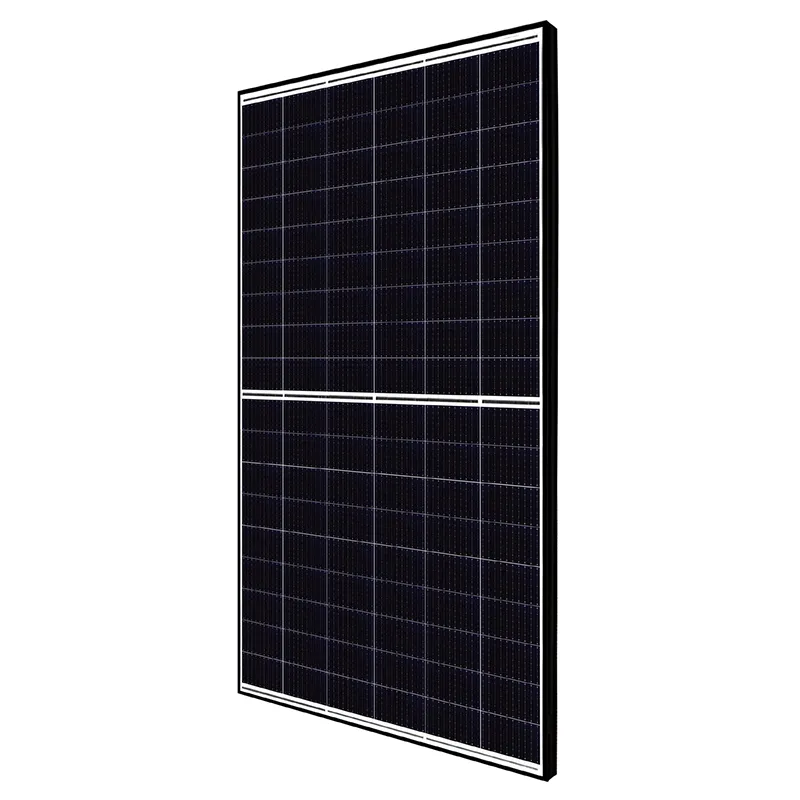solar panel installation cost
Understanding Solar Panel Installation Costs
As concerns about climate change and energy sustainability grow, more homeowners and businesses are turning to solar energy solutions. However, many potential users are unsure about the costs associated with solar panel installation. This article seeks to break down the factors influencing solar panel installation costs, provide insights into average expenses, and discuss the financial incentives that can help offset these costs.
Overview of Solar Panel Installation Costs
The average cost of solar panel installation in the United States ranges between $15,000 to $25,000 for a typical residential system, which generally consists of 20 to 30 solar panels. This cost variance is influenced by several factors, including system size, panel type, installation complexity, and geographic location. Moreover, the cost per watt is commonly used as a pricing metric, and it typically ranges from $2.50 to $3.50, depending on various factors mentioned above.
Key Factors Affecting Installation Costs
1. System Size The size of the solar panel system will directly influence installation costs. Larger systems will generally have higher upfront installation costs but may offer better cost-per-watt value. Homeowners should consider their energy usage to determine the appropriate system size.
2. Type of Solar Panels There are three main types of solar panels monocrystalline, polycrystalline, and thin-film. Monocrystalline panels are the most efficient and generally the most expensive. Polycrystalline panels are more affordable but less efficient, while thin-film panels are the least expensive and have lower efficiency. The choice of panel type will significantly affect overall costs.
3. Installation Complexity The complexity of the installation can impact costs. Factors such as roof type, pitch, and complexity of the mounting system all play a role. Homes with flat roofs may require additional hardware for drainage, while roofs with unique architectural features may need custom installations.
solar panel installation cost

4. Geographic Location Solar panel installation costs can vary by location due to factors such as labor costs, local permitting fees, and the availability of incentives. In regions with a high demand for solar energy, competition can drive prices down, whereas in less populated areas, costs might be higher.
5. Labor Costs Labor costs vary by region and can significantly affect the total installation price. Urban areas typically have higher labor costs due to the cost of living, while rural areas may offer lower rates.
Financial Incentives and Payback Period
While solar panel installation might seem expensive upfront, it’s essential to consider the long-term savings and financial incentives available. Many states offer tax credits, rebates, or other incentives to reduce the initial investment. The Federal Investment Tax Credit (ITC) allows homeowners to deduct a significant percentage of their solar installation costs from their federal taxes, making it an attractive financial option.
Additionally, solar energy can provide substantial long-term savings on electricity bills. Homeowners can often achieve payback periods of 5 to 10 years, depending on their solar system’s size, local utility rates, and state incentives. Once the system is paid off, the energy generated is essentially free, providing ongoing savings.
Conclusion
Investing in solar panel installation is a significant decision that can lead to substantial long-term savings and a reduced carbon footprint. While the initial costs can be daunting, understanding the factors that influence these costs and exploring available financial incentives can greatly ease the burden. As technology continues to advance and the solar industry grows, potential prices may even continue to decline, making solar energy a viable option for more households and businesses. Transitioning to solar energy not only contributes to a sustainable future but also offers a practical solution for managing energy costs. Everyone considering this investment should thoroughly research and consult with reputable solar installers to make informed decisions tailored to their unique needs.
-
String Solar Inverter: The High-Efficiency Solution for Smart Solar EnergyNewsJul.14,2025
-
Revolutionizing Rooftop Energy with the Power of the Micro Solar InverterNewsJul.14,2025
-
Power Independence with Smart Off Grid Solar Inverter SolutionsNewsJul.14,2025
-
On Grid Solar Inverter: Powering the Future with Smart Grid IntegrationNewsJul.14,2025
-
Monocrystalline Solar Panels: High-Efficiency Power for the Future of Clean EnergyNewsJul.14,2025
-
Bifacial Solar Panel: A Smarter Investment for Next-Generation Energy SystemsNewsJul.14,2025







